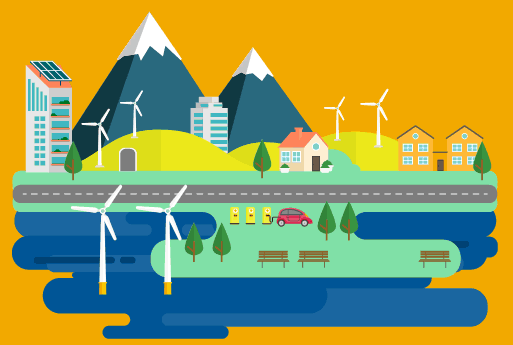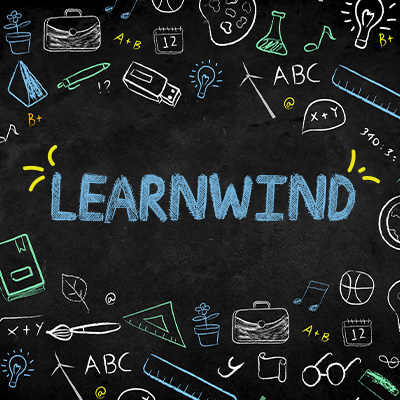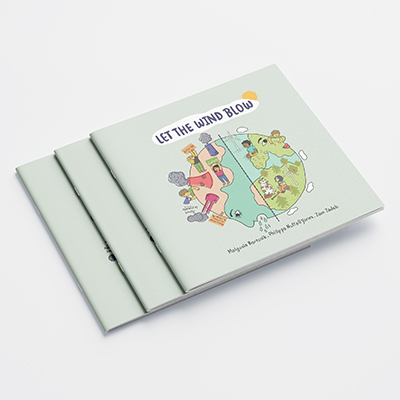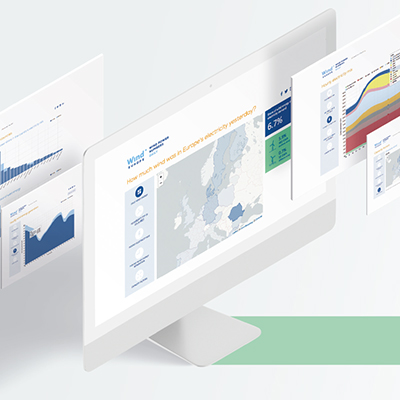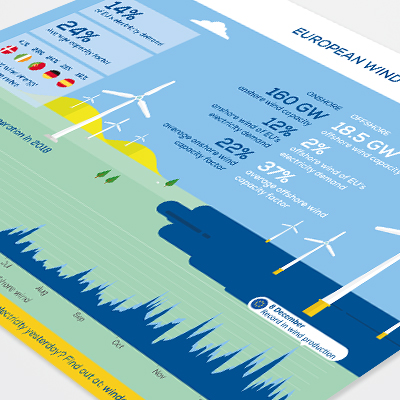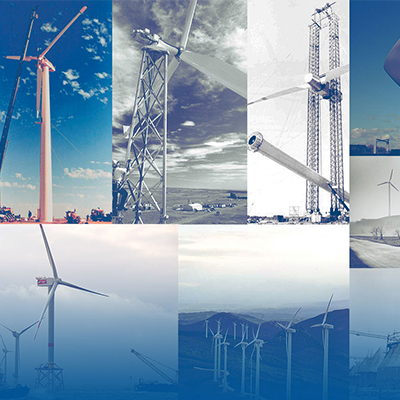
What is energy?
In order to explain how wind energy works, let’s start by asking what is energy?
Simply put – energy is the ability to do work. For example, when we eat, our bodies transform the energy from food into movement in our muscles.
Generally, energy can be categorised into either kinetic energy (the energy of moving objects) or potential energy (energy that is stored). The different types of energy include thermal energy, radiant energy, chemical energy, electrical energy, motion energy, sound energy, elastic energy and gravitational energy.
In the case of wind energy, wind turbines take the kinetic energy that’s in the wind and convert that kinetic energy into mechanical power. We mostly use this mechanical power in the form of electricity.
Want to know how it works? Scroll down!


What is wind?
Wind. It’s always been with us, and it always will be. So, where does it come from?
Basically, wind is caused by 3 things:
- The heating of the atmosphere by the sun,
- The rotation of the Earth, and
- The Earth’s surface irregularities.
Air under high pressure moves toward areas of low pressure – and the greater the difference in pressure, the faster the air flows and the stronger the wind!
What is wind energy?
Wind turbines capture the energy of the wind and convert it to electricity.
Wind energy is an alternative to energy produced by burning fossil fuels.
Wind energy comes from a natural and renewable resource (it will never run out), it is clean: it produces no greenhouse gas emissions nor emits air pollutants, and it uses very little water.
So, how do we produce it?
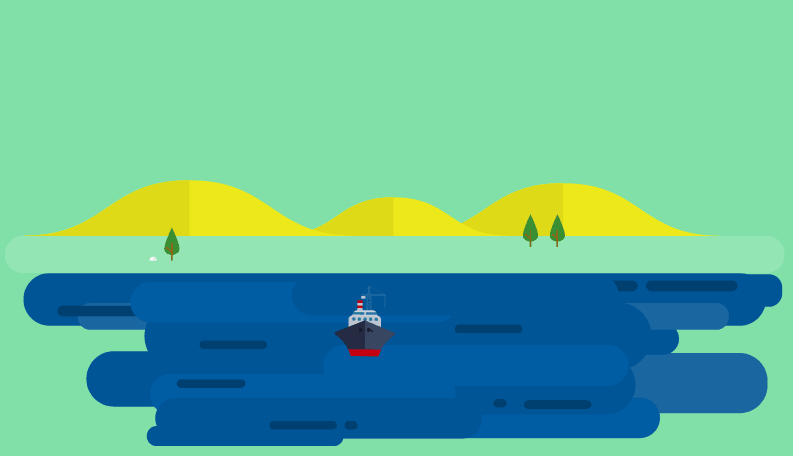
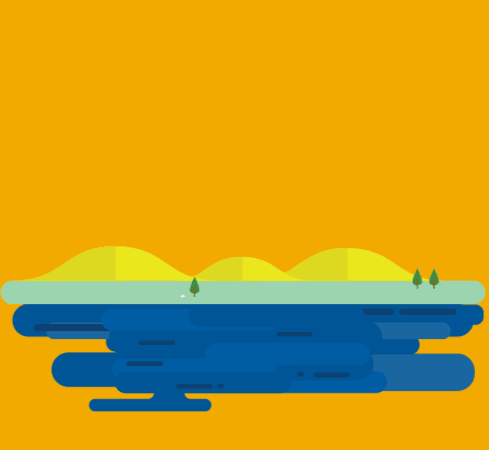
What is a wind turbine?
A wind turbine is a device that converts kinetic energy from the wind into electricity.
A group of wind turbines is called a wind farm. On a wind farm, turbines provide power to the electrical grid. These turbines can be found on land (onshore) or at sea (offshore).
Wind turbines are manufactured in a wide range of shapes and sizes, but the most common design is the one with 3-blades mounted on a horizontal axis. Their output ranges from as small as 100 kilowatts to as big as 12 megawatts.
They can be placed in a huge range of locations: on hills, in open landscapes, fixed to the bottom of the sea – and we can even have floating turbines in deep waters!
There are three main variables that determine how much electricity a turbine can produce:
- Wind speed – Stronger winds allow us to produce more electricity. Higher turbines are more receptive to strong winds. This means wind turbines generate electricity at wind speeds of 4 – 25 metres per second.
- Blade radius – The larger the radius or “swept area” of the blades, the more electricity can be produced. Doubling the blade radius can result in four times more power.
- Air density – “Heavier” air exerts more lift on a rotor. Air density is a function of altitude, temperature and air pressure. High altitude locations have lower air pressure and “lighter” air so they are less productive turbine locations. The dense “heavy” air near sea level drives rotors more effectively.
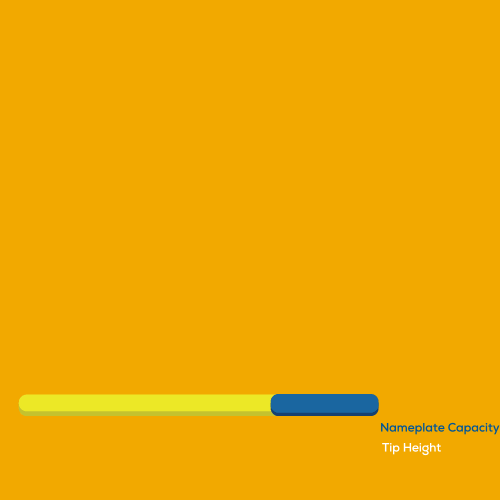
How does a wind turbine work?
There is a wind vane 1 at the top of each turbine: this tells the turbine the speed and direction the wind is blowing.
The turbine then rotates on the tower to face into the wind, and the blades 2 rotate on their axis to create maximum resistance against the wind.
The wind starts turning the blades which are connected to a hub and a low-speed shaft 3.
The low-speed shaft spins at the same speed as the blades (7-12 revolutions per minute). But we need a much faster rotational speed for the generator to produce electricity.
That’s why most wind turbines have a gearbox 4, which multiplies the rotational speed of the low-speed shaft by over 100 times to the high-speed shaft 5, which rotates up to 1,500 revolutions per minute.
This is connected to a generator 6, which converts the kinetic energy into electricity.
Turbines that do not have a gearbox are connected directly from the hub to the generator 6 through their axis (this is called ‘direct-drive’).
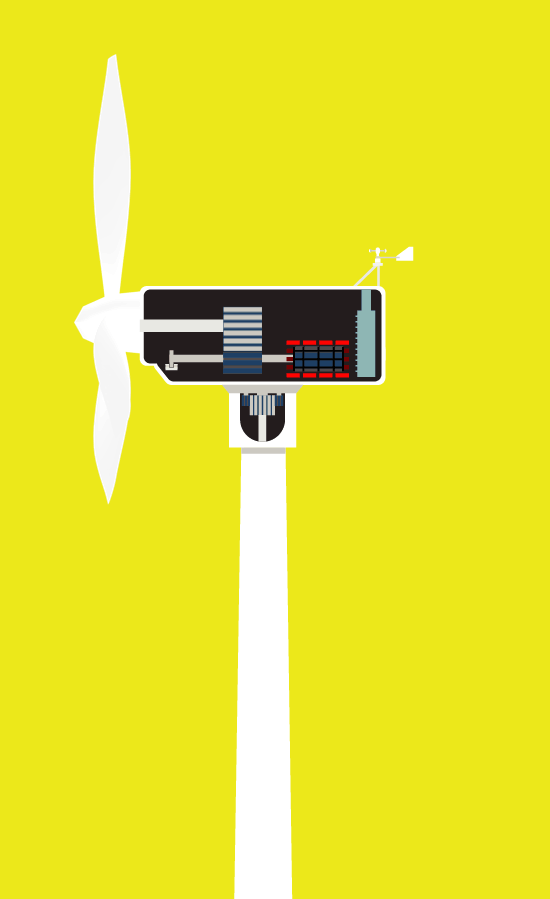

How does electricity get from the turbine to our homes?
The generator in the nacelle typically produces alternating current (AC) electricity.
The electricity is sent down a thick cable inside the tower, and then via underground cables to a substation.
At the substation, the voltage is modified so it can be fed into the power grid and transported to electricity consumers.
This is how the electricity produced by wind is able to power electrical appliances in our homes, schools, hospitals and offices.
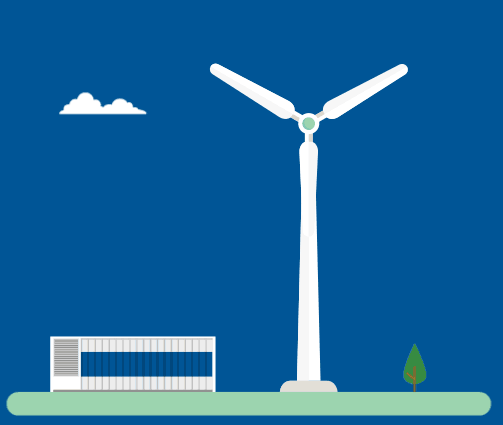
What happens when the wind doesn’t blow?
Wind project developers carefully choose the sites where they install wind farms. When a turbine is not turning, it is usually because it is under maintenance, or because it must be stopped for safety reasons in case of strong winds or a storm.
But occasionally, there is not enough wind to turn the turbine. Does this mean that we lose out on wind energy? No!
By combining wind turbines with energy storage systems we can store that energy for later use whenever wind levels are low.
There are many, many different forms of storage (batteries, pumped heat storage or hydro, high-energy supercapacitators, etc.), and the storage of the electricity generated by wind energy is vital to the energy transition.
Why should we use wind energy instead of other sources of energy?
In addition to being clean, wind energy is the cheapest form of new power generation in most of Europe today. A cost-efficient way to reduce our greenhouse gas emissions and meet our climate targets by 2050!
And – because wind energy can happily coexist with other sectors, the land where wind farms are located can also be used for farming and other purposes.
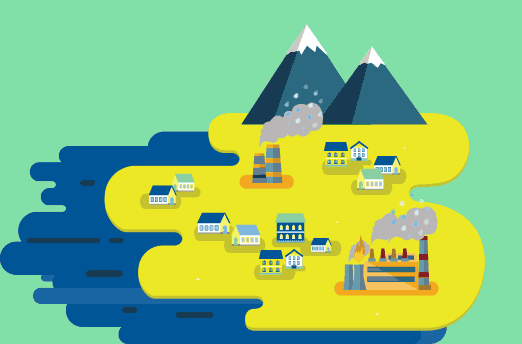
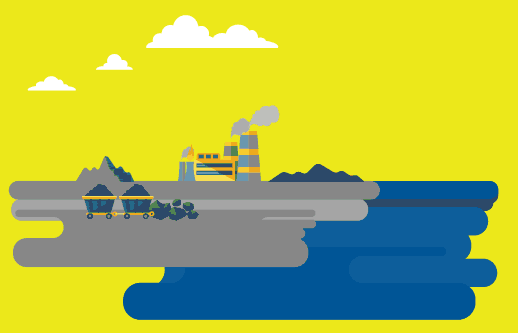
What are the other benefits of wind energy?
Wind energy brings significant benefits to local communities. Wind farms pay taxes to the local municipalities and make other financial and community contributions too. Polls across Europe show that 75-80% of those who live near wind farms support them.
Wind energy is also a true European success story: it employs 300,000 people in Europe and contributes €37bn to the EU GDP. Each GW of onshore wind Europe builds supports around 5,000 jobs in planning, manufacturing and installation. The ongoing operation and maintenance of wind farms supports local jobs too.
The wind industry has brought new jobs and investment to shipbuilding areas and coal regions. Regions with steel and chemicals industries are also benefitting. More wind energy will mean more benefits for more communities across Europe.
How can we make the most of wind energy?
Wind is already 15% of Europe’s electricity… but electricity is only a quarter of Europe’s energy.
If we want a cleaner, greener world, we need more wind power and we need to increase the share of electricity in the energy mix.
So here’s what we need to do:
Get more wind energy into the grid by electrifying heating & cooling, transport and industrial processes. Find out more in our report Breaking new ground.
Increase investment in grid infrastructure and electric vehicle charging points.
Improve energy storage solutions to stock renewable energy and store it in the case of overproduction.
The potential for wind energy is enormous!
Visit our About Wind section for more information on wind energy in Europe .
